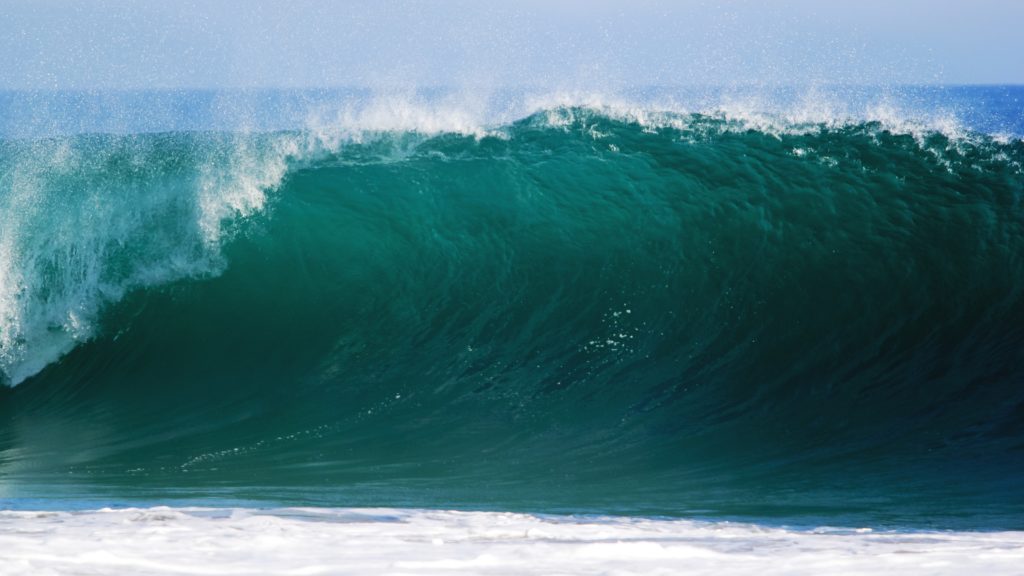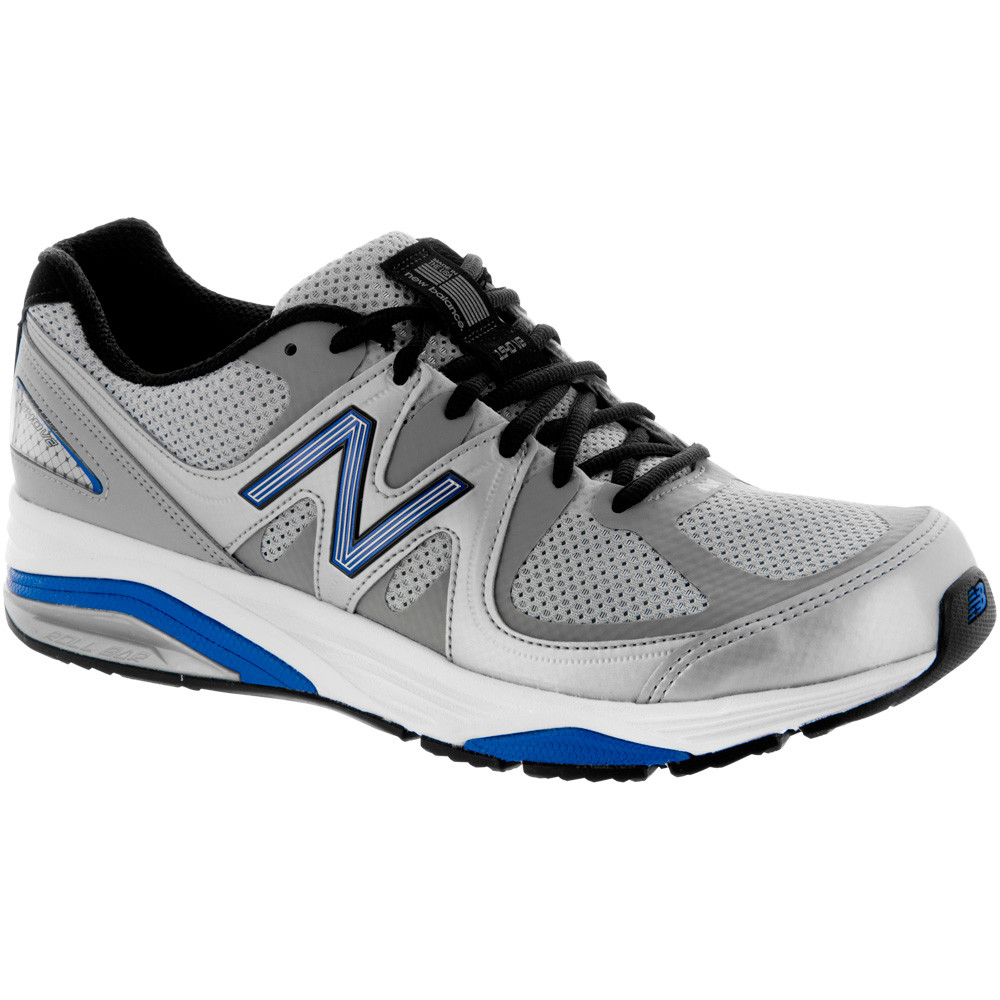Cast Iron cooking is one of my favorite ways to prepare a meal, particularly since I love a well-seared piece of protein. The science behind Cast Iron is fascinating, as cast iron is actually a terrible conductor of heat. It wants to be heated slowly, possibly in your oven. It wants to be bathed in delicious oils. It wants to help you keep control of the temperature. It wants to be the easiest dish you wash. So what are the pros and cons of cast iron in the kitchen, and why do I prefer the Lodge brand?
Cast Iron is good for you!
This isn’t a joke. Assuming you need a little more iron in your diet, cooking in cast iron actually leaches iron into your meal. It’s also heavy as heck, so you can cancel that gym membership if you’re cooking cast iron every day!
On a more serious note, it’s the only way you should be cooking your meat. Either pre-heat your cast iron in the oven, or slowly heat your dish prior to cooking your meat on the stove, and you’ll get a delicious crispy sear every time. It’ll lock in juices and seasoning, and make everyone think you went to culinary school. I was introduced to the gospel of cast iron by Master food science culinary genius Alton Brown, who taught me this trick:
- Buy a steak. Take it home.
- Let it rest at room temperature for 30 minutes.
- Preheat your oven to 500 with your cast iron skillet inside it!
- Once it has hit 500, carefully transfer your skillet to a burner on high.
- Coat your steak (not the pan!) with canola oil, salt and pepper.
- Put your steak right in the middle of that pan and leave it alone for 30 seconds. DO NOT MOVE.
- Flip it, and leave it alone for another 30 seconds.
- Carefully transfer it back into your oven and cook for 3 minutes.
- Flip it again! Cook for another 3 minutes.
- Remove steak from skillet, cover in foil and let it rest for 2 minutes.
- Congratulate yourself on the best steak you will ever eat.
Amazing! What else can it do?
It can last forever. Even if it’s the rustiest thing you’ve ever seen, you can dremel that rust off and re-season the pan back to perfection. As long as you are taking care of the pan, it will take care of you.
Immediately wipe it out once you’re done cooking (before you start eating!), spray some Pam on it and stick it back in the cupboard. Never put it in the dishwasher. As you cook with it, the oil from your cooking will slowly build up a glassy black sheen that is superior to any other non-stick technology. That sheen is your best friend. It’s different than the seasoning you’ll get right out of the box, as that seasoning is there to prevent rusting. Cook with it and build your own seasoning. It’s part of the fun!
Throw your Teflon in the trash, that garbage is for beginners and lazy people.
Furthermore, and this is something that isn’t immediately obvious, you can cook with any of these in an open fire. Whether you’re camping, or your power gets knocked out in a storm, you’ll have something safe to prepare your food in.
What are the drawbacks?
It doesn’t come with perfect seasoning, and it’ll take quite a few times before the non-stick sheen appears. You also need to be selective with which ingredients go into the pan until you’ve established your season. Acidic foods like tomato sauce, and naturally sticky foods like cheese can set your seasoning back. Use your traditional pots and pans for that stuff. Cast iron is for well-seared meats and crispy vegetables, traditional for sauces and soups. Always use the right tool for the job.
It’s also extremely heavy. Unless you’ve got some pretty ferocious forearms and wrists, you’re not going to be doing the saute flip with a 15-inch cast iron pan. Additionally, it works its best when you’ve made the whole dish blazing hot, so be very diligent about keeping mitts and pot holders nearby. I once grabbed the handle for just a split second, and I won’t make that mistake again.
Why Lodge?
Well, part of it is that I’m recommending a local manufacturer, but Lodge is also one of the new major manufacturers of cast iron left in America. Lodge pre-seasons their products, so you can just wipe it out with a damp rag and start cooking. They’re sturdy, affordable, well made, and come in all sorts of shapes and sizes for all your cooking needs. I went a bit overboard and have pieces I never use. Still, they make the best in my opinion.
You can probably get your starter pieces at Target, then supplement your collection on Amazon. “Collection?” you ask. Yes! You should at least have these three pieces in your kitchen:
- 10 Inch Skillet (the ultimate utility player)
- 12 Inch Skillet (my steak skillet)
- 5-Quart Dutch Oven (so many uses!)
There are other manufacturers, but not many, and there is a resurgent craft market for bespoke cast iron. If you’ve got the cash, go for it. Otherwise, Lodge is by far the best bang for your buck.
Allez cuisine!


I’ve tried the Alton Brown method a few times. Every time I do it, it turns out pretty good, but there’s soooooo much smoke. I’m not sure what I’m doing wrong.
On another note. If I ever start a band — Ferocious Forearms
Reading this made me get some of my Lodge gear back out. I’ve mostly just been using it for breakfast so far. It still has that sheen and is still pretty non-stick as long as you get it hot enough first!